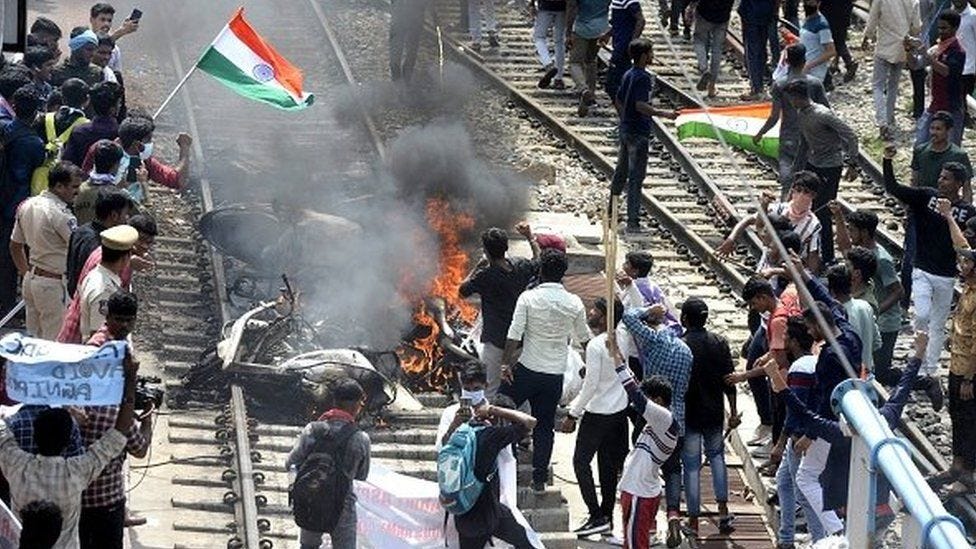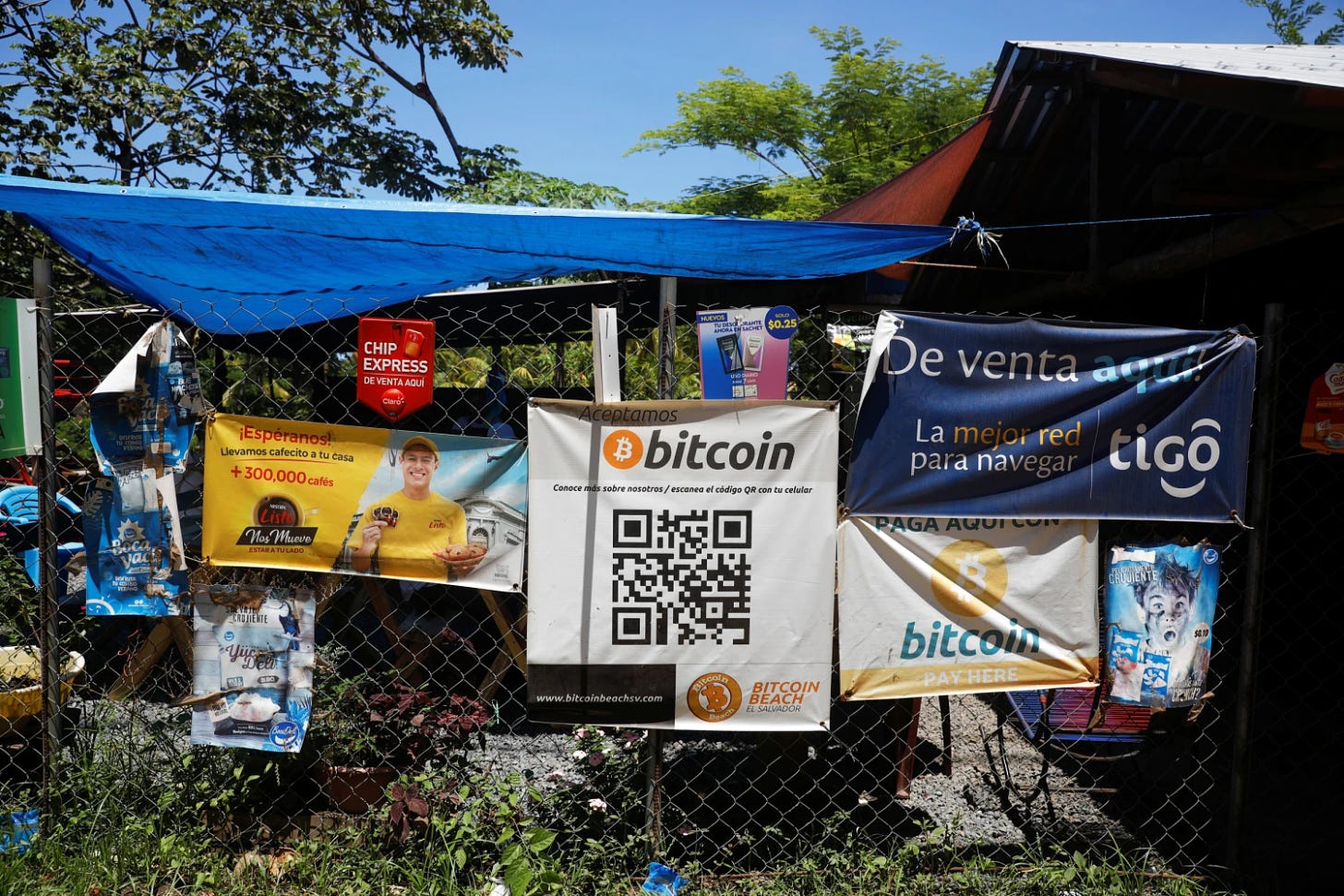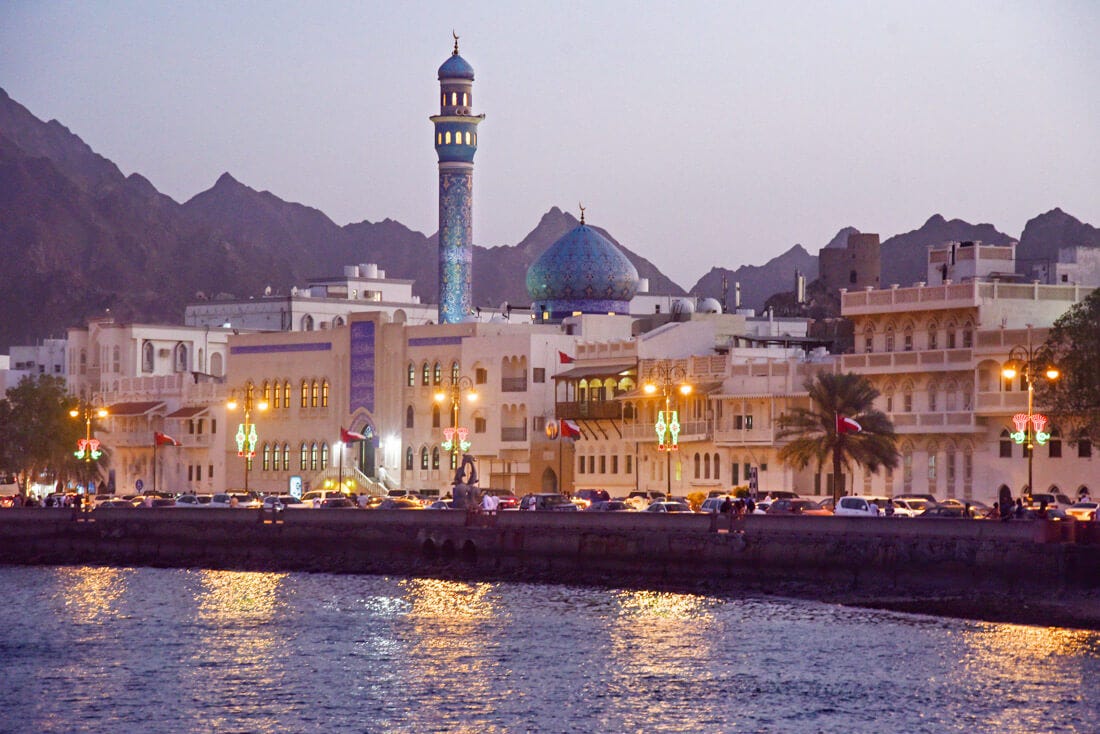Emerging Markets Monitor June 19
EM Under Fire Amid Rising Inflation and Rates, India Protests Intensify, Time to Step Back into EM?, Crypto in Latin America, Oman to See Robust Growth: IMF
The Top 5 Stories Shaping Emerging Markets from Global Media - June 16-19
Rising Inflation and Interest Rates Heap Pressure on Emerging Markets
Wall Street Journal
“Slowing growth, scorching inflation and rising U.S. interest rates are intensifying a squeeze on emerging-market finances and stoking concern over a fully fledged debt crisis in low- and middle-income countries.”
“The anxiety is evident in sky-high bond yields and month after month of capital outflows, as investors ditch the assets of vulnerable countries in favor of safer returns elsewhere. Strains that have been building since Russia invaded Ukraine are gradually getting worse, as the outlook for global growth sours and hopes for a quick reprieve from rising inflation evaporate.”
“Further ratcheting up the pressure, the Federal Reserve this past week announced the biggest increase in U.S. interest rates since 1994, a move that risks adding to emerging markets’ debt and inflation woes by weakening their currencies and accelerating capital outflows. Currencies from the Brazilian real to the Chilean peso fell more than 3% against the U.S. dollar in the week through Friday. The benchmark MSCI Emerging Markets Index, which tracks stocks in 24 emerging economies, lost 4.7%.”
“…The strain on emerging markets adds to headwinds for the global economy this year and next. The world looks set this year for its weakest expansion since the low point of the pandemic in 2020, and forecasters expect slow going in 2023 too. Galloping inflation and rising interest rates are eating into U.S. growth. Meanwhile, Europe is reeling from the war in Ukraine, and China’s economy is being held back by the government’s strict zero-tolerance approach to Covid-19.”
“Emerging markets are caught in these crosscurrents. The World Bank this month cut its forecast for growth in developing economies to 3.4% this year from 4.6% previously, citing the effects of spiraling prices for food and energy and rapidly rising borrowing costs following interest rate increases in the U.S.” The WSJ reports.
India Protests Intensify Over Military Recruitment Plan
Reuters
“Protesters in India's eastern state of Bihar damaged public property and ransacked offices in a railway station on Saturday, expressing outrage at a new military recruitment plan and demanding the government reverse course.”
“Prime Minister Narendra Modi's government has introduced a scheme called Agnipath or ‘path of fire’ designed to bring more people into the military on four-year contracts to lower the average age of India's 1.38 million-strong armed forces.”
“A top military general, Lieutenant General Anil Puri, told NDTV news channel that the aim of the plan was to make the military more modern and effective. Analysts said the new scheme would also help cut burgeoning pension costs, but opponents believe it would limit opportunities for permanent jobs in the defence forces, with implications for salaries, pensions and other benefits.”
“Thousands of young men attacked train coaches, burned tyres and clashed with officials at a railway station in Bihar, one of India's poorest states…In Uttar Pradesh, India's most populous state, police arrested at least 250 people under what are called preventative arrests. Some demonstrators accused the police of using excessive force. One person was killed in protests this week.” Reuters reports.
Should Investors Step Back into Emerging Markets?
Financial Times
“It has been a brutal year on financial markets. Stagnant economic growth and soaring inflation have sent global stocks and bonds falling in tandem, leaving investors ‘nowhere to hide’ according to the head of AllianceBernstein, the giant US asset manager.”
“So this may not seem an ideal time to take a bet on emerging markets, traditionally a very volatile asset class — particularly not for retail investors, who mostly lack the time and the knowhow to gather information on the vast and varied world of developing economies.”
“Yet this is what some analysts suggest. For example, the asset management arm of Pictet, the Swiss bank, says emerging market equities could deliver double-digit annual returns over the next five years. It recommends them not as a speculative punt but as part of a balanced portfolio.”
“…In the six and a half years from when China joined the World Trade Organization in late 2001 — turbocharging emerging economies with its apparently insatiable demand for the raw materials many of them produce — to the eve of the global financial crisis of 2008, emerging market equities delivered returns of 300 per cent in US dollar terms. American stocks managed a fifth as much in the same period.”
“Since then, however, US stocks have staged a steady march upwards while EM stocks have gyrated. …This year’s surge in inflation worldwide, rising interest rates and a widespread slowdown in economic growth are all bad for EM assets, as investors worry that these often vulnerable economies will be hurt the hardest. China’s aggressive zero-Covid policy, with its paralysing lockdowns, and Russia’s war in Ukraine make the outlook bleaker. The question is, how long will the bear market last?”
“… a handful of asset managers are saying now could be the time to get involved. While the outlook for the rest of this year remains deeply uncertain, they say, this could still be a good entry point for those with a five to 10-year horizon. ‘Valuations today are attractive,’ says Arun Sai, senior multi-asset strategist at Pictet Asset Management in London. ‘We are not saying they are going to shoot the lights out, and investing in EMs tactically is never a valuation call. But where valuations do help is in guiding returns over the medium to long term.’” The FT reports.
Why the Crypto Crash Hits Different in Latin America
Rest of World
“Since November, the market cap of all cryptocurrencies has dropped 66%. While speculation-minded investors have watched its fall with horror from the United States, the response in Latin America, where cryptocurrency has increased its foothold over the last two years, is more mixed.”
“The risky assets offer a unique value proposition for the region, which has long been plagued by unstable economies and closed capital markets. Crypto entrepreneurs and enthusiasts accustomed to volatility or exclusion are taking a more sanguine view of the crash.”
“‘Other countries take these bear markets as a big tragedy,’ said Carlos Mijares, a 25-year-old freelance graphic designer and crypto user from Caracas. ‘We see and live an economy from resilience.’”
“Omid Malekan, a crypto expert and adjunct professor at Columbia Business School, said that the panicked response to the crash from the U.S. ignores the variety of local realities across much of the world where people do not have access to the U.S. dollar and stable banking systems. ‘When a lot of the experts, academics, and people like Warren Buffett in the United States criticize crypto and Bitcoin, they do often seem to come at it from a very — for lack of a better word — privileged position.’”
“At the end of 2021, Bitcoin was booming, along with cryptocurrency-powered projects across Latin America. Mexico claimed the region’s first crypto unicorn with the exchange Bitso, in May 2021. El Salvador became the first country to adopt bitcoin as legal tender (to limited success), in September 2021. Venezuela, Argentina, Colombia, and Brazil all appeared among the top 15 countries ranked by crypto adoption in the analysis firm Chainalysis’s 2021 global index.” Rest of World reports.
Oman’s Fiscal Efforts and Higher Oil Prices to Drive Growth, IMF Says
The National
“Oman's fiscal reforms and higher oil prices are expected to boost economic growth and generate a budget surplus in the medium term, the International Monetary Fund has said.”
“The economy is projected to grow by about 4.5 per cent in 2022 while the government is expected to have a budget surplus of 5.5 per cent this year, the Washington-based lender said on Friday.”
“Central government debt will shrink to 45 per cent of the gross domestic product in 2022, from about 63 per cent of output in 2021. ‘The economy is strengthening and inflation has been contained so far,’ said Daniel Kanda, who led IMF staff during a visit to Muscat this month.”
“…Oman's inflation rate is projected to increase to 3.7 per cent in 2022, up from 1.5 per cent in 2021, on rebounding economic activity and rising global inflationary pressures, according to the fund.”
“That is markedly lower than inflation in the US, which is at a 40-year high, or the UK and Europe, where it is at record highs. Surging oil and gas prices, exacerbated by Russia’s war in Ukraine, have fed into already rising inflation.” Deena Kamel reports.
“Everyone thinks of changing the world, but no one thinks of changing himself.”
― Leo Tolstoy






